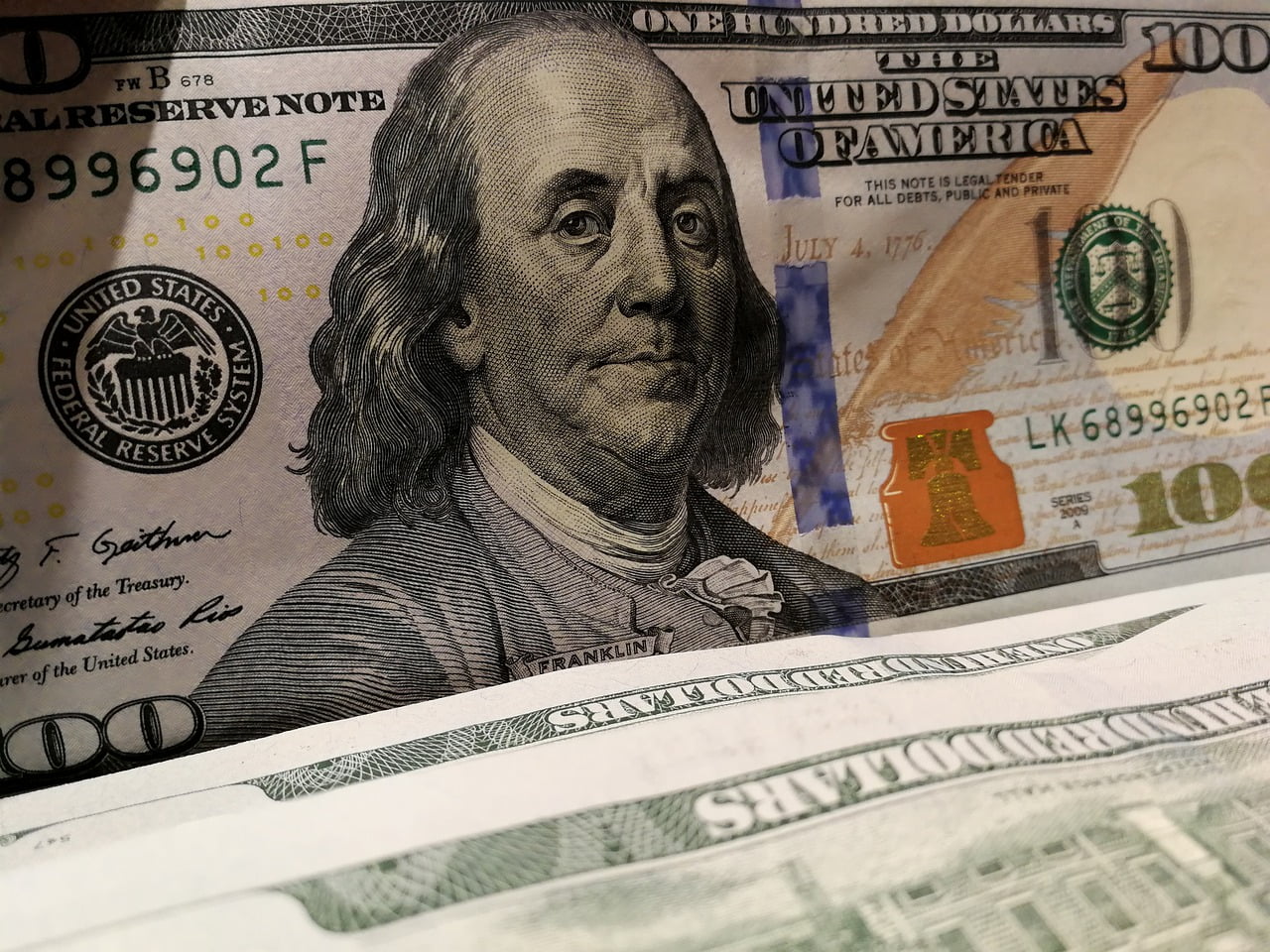In his Daily Market Notes report to investors, while commenting on inflation as a risk to economic growth, Louis Navellier wrote:
Q2 2021 hedge fund letters, conferences and more
Fed Fantasyland
The Fed in preparation for Chairman Jerome Powell’s Congressional testimony this week issued a report that essentially implied that material/good shortages and hiring problems are impeding economic growth. Specifically, in its semi-annual report before Congress, the Fed said “Progress on vaccinations has led to a reopening of the economy and strong economic growth” and then added “shortages of material inputs and difficulties in hiring have held down activity in a number of industries.”
I am encouraged that the Fed said “long-lasting effects on the structure of the labor market,” including by accelerating the adoption of new technologies or the pace of worker retirements.” Right now, the labor force participation rate is 2% below where it was before the pandemic and the labor force has shrunk by 6.8 million workers.
Obviously, the fact that 6.8 million jobs disappeared from the pandemic is becoming a big policy problem for the Fed, since if these jobs do not come back, it will become a big mid-term election problem. Another complication is that Israel approved a third shot for its Covid-19 vaccine.
Inflation is Alive And Is A Risk To The Economic Growth
The other risk to economic growth is inflation squelching business and consumer demand. The Wall Street Journal reported that the tariffs that the Trump Administration imposed on China and the Biden Administration is keeping the price of some imports from China higher, like solar panels. We have been in the midst of “demand push” inflation due to material/supply shortages. As supply catches up with demand, inflationary pressures are expected to moderate.
Furthermore, some of the bond vigilantes are increasingly sounding like the Fed and expecting inflation to be “transitory.”
The Labor Department on Tuesday reported that the Consumer Price Index (CPI) surged 0.9% in June, which represents the largest monthly increase since August 2008. On Wednesday, the Labor Department on Tuesday reported that the Producer Price Index (PPI) surged 1% in June, which was substantially higher than economists’ consensus estimate of 0.6%. Clearly, inflation is alive and still increasing.
Approximately 60% of the PPI increase was due to higher service costs that tend to not retrace, so this is evidence that the latest round of inflation is now permanent.
Amazingly, Fed Chairman Jerome Powell in prepared testimony in front of Congress this week said the Fed “is still a ways off” from tapering and reducing its quantitative easing. Furthermore, Powell’s prepared testimony said the current supply bottlenecks that have hit both goods and service “should partially reverse as the effects of the bottlenecks unwind.” As I mentioned earlier, approximately 60% of the June PPI increase was attributable to services that are hard to unwind. As a result, in my opinion, Fed Chairman Powell is living in a fantasy land and is now misleading Congress with his testimony.
The surprising news this week was that China’s exports surged 32.2% in June and imports soared 36.7% in June. This essentially means that the “demand push” inflation will likely persist and both China and the rest of the world are in the midst of a strong economic recovery.






